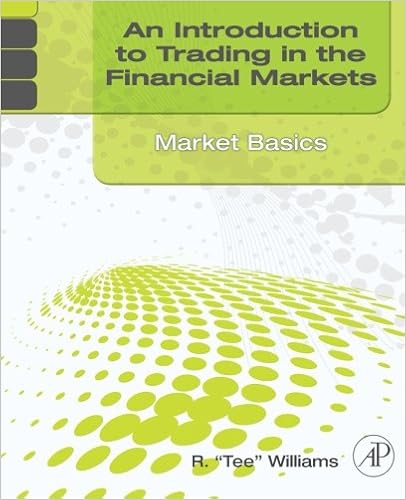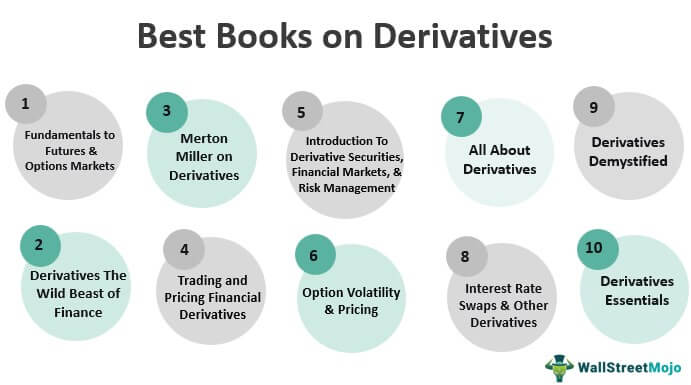

A midpoint refers to the arithmetic mean of the zodiac degrees of two planets. If a planet happens to be at the center of a lot of midpoints, then transits to that point will be more powerful. Thus the Saturn-MC/IC transit is important to watch. Meridian noted that there is a tendency for the share price to rise during this 14-year period, but it tends to peak when Saturn reaches the MC. Here a Saturn cycle is defined as the ascent of Saturn from the Imum Coeli to the Medium Coeli. Meridian wrote, "After spending over 20 years in astrology, I can say that one can come up with a reasonably good forecast by simply observing the eclipses and the stations." He ranks their influences in the following order, although he does not explain how this order is derived: One shall pay particular attention to the transits made by eclipses and stationing planets. square, trine), it also applies to aspects by declination (i.e. In addition to traditional aspects by longitude (e.g. Here are a list of positive and negative transits used by Meridian.

Predictive techniques Bullish and bearish transits For example, a biotech company which deals with the human body immune system is ruled by both Pluto and Pallas, or a school for children education is ruled by boh Poseidon and Juno, and so on. Meridian acknowledges that one business could be ruled by more than one planet. Steel, aluminium, cooper, and other metals Mining, geology, semiconductors, the process of miniaturisation, nanotechnology, disk drivers, containers, building materials

Machinery, manufacturing, railroads, automobiles, heavy industries, drilling The security business (lock, prevention of theft), paper securities such as bonds and stocksīiotechnology, financial businesses such as mergers, insurance, brokeragesīusiness related to communities and groups, homebuilding Most technology such as computers, aviationĪdvertising, chemicals, some entertainment business, marine activities such as off-shore drilling, natural gas, oil, photography, tobacco, alcoholic beveragesĬomputer programming, the immune system, precision instrument Real estate, regulated industries such as utilities, capital goods sector Publishing, travel, gambling, consumer goods sector Recreation, cosmetics, fashion, leisure, soft drinks
#Intro stock trading textbook full
Here is a full list of the heavenly objects he uses, as well as the financial rulerships he assigns to them:īill Meridian's planetary interpretationsĬommunication, short-distance travel, telecommunication, telephone, footwear, trucking In addition to the major planets used in Western astrology, Meridian also uses asteroids and hypothetical planets. For example, as illustrated in Example 4 in the third edition, when Saturn entered Aquarius in 1991 and stayed there until 1994, the share price of IBM resulted in a slump. Therefore, transits to IBM's Sun (and to the sign of Aquarius in general) will be more powerful than usual. For example, IBM was incorporated when the Sun was in Aquarius, and it also started trading its shares when the Sun was under the same sign. If a trader decides to work with both charts, Meridian suggests that he shall focus on the shared areas. In any case, Meridian recommends to use two charts: one with the legal time of incorporation, another with its first business opening (usually 9 am).

In other states like California, the existence of the corporation starts at midnight of that particular day. In Delaware, the exact time of the incorporation is stamped on the formal document, so the transit could be exact to the minute. Regarding the incorporation charts, Meridian notes that different states in the US have different practice. The company is not doing well, but the investors expect it to get better soon. The company is doing well, but falls short of investors’ expectations. Here is a simple combination of possible results when the two charts agree or disagree: He explains that the incorporation charts dictate how the company is doing, while the first-trade charts govern the expectations of the investors. However, Meridian finds that the first-trade dates of the shares give better results when predicting the price movements. Traditionally, when predicting a company's share price, most astrologers use the incorporation dates of the company. General concepts Incorporation charts versus first-trade charts 3.2 Picking a date to start a new business.3.1 General advice on investing with astrology.1.1 Incorporation charts versus first-trade charts.


 0 kommentar(er)
0 kommentar(er)
